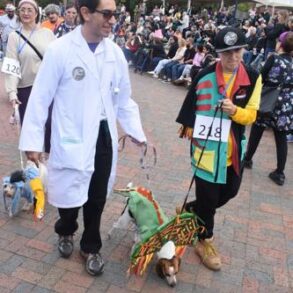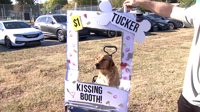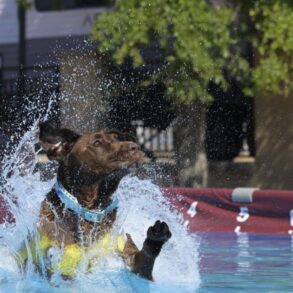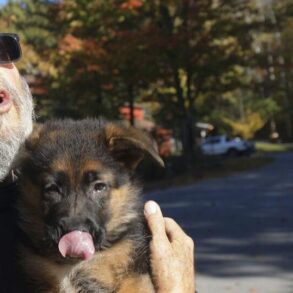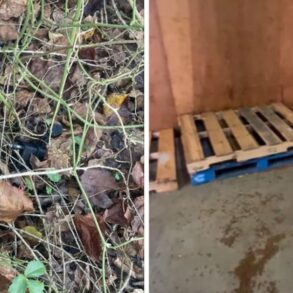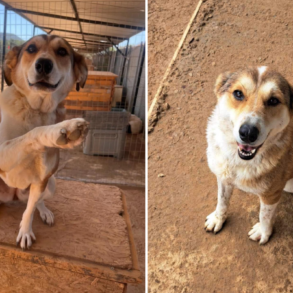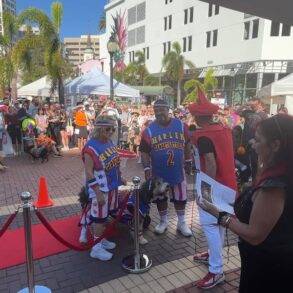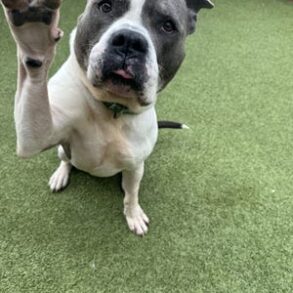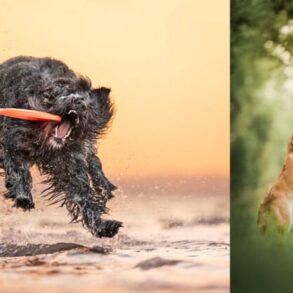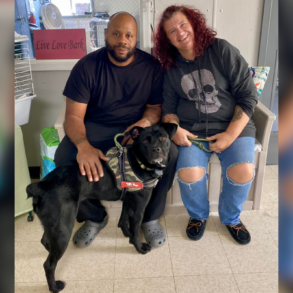
Friday, September 20, 2024
Media Contact:
Kinsey Reed | Communications Specialist | 405-744-6740 | kinsey.reed@okstate.edu
Like humans, dogs also experience spinal cord injuries, which may require extensive
treatment.
Traumatic spinal cord injuries, degenerative spinal cord diseases and chronic neuropathic
pain are all neurological lesions. Neurological lesions negatively affect the function,
wellness and overall quality of life for humans and animals. These conditions are
not uncommon but can be complicated to treat effectively.
Current treatment approaches often involve a combination of surgery, medications and
rehabilitation. Although these treatments may be effective, there is a need for innovative,
non-invasive therapies that can offer additional benefits and improve patient outcomes.
Dr. Lara Sypniewski, Oklahoma State University College of Veterinary Medicine clinical
professor, and Dr. Daching Piao, OSU School of Electrical and Computer Engineering
professor, conducted a research study on photobiomodulation therapy (PBMT), specifically
on the effectiveness of delivering treatment light to the spinal cord.
PMBT uses light to help stimulate healing and reduce inflammation, but the research
is unclear on which color of light is best for diseases within the spinal canal.
“Photobiomodulation, often called therapeutic laser therapy, is not a new concept,”
Sypniewski said. “Our research team hopes to determine the best wavelength of light
to reach the spinal cord without collateral damage.”
Sypniewski and Piao compared the transcutaneous irradiance at the thoracic and lumbar
segments of the anterior spinal canal in three cadaver dogs. The study measured the
effectiveness of light penetration at four different wavelengths — 808 nanometers,
915 nanometers, 975 nanometers and 1,064 nanometers — from the skin, through the spinal
canal, to the level of the spinal cord.
These four near-infrared wavelengths are common for PBMT treatment and are known to
penetrate to deep tissue. The study was designed to simulate real-world PBMT treatments
on living dogs as closely as possible.
During the study, a specialized flexible probe was used to measure the amount of light
that reached nine different sites along the spinal cord, covering eight centimeters
from the thoracic to lumbar regions. The light was applied to the surface of the cadaver
dogs using laser treatment in three different ways: non-contact with skin removed,
non-contact with skin intact, and contact with skin intact.
The study concluded that the wavelength of 1,064 nanometers was the most beneficial
at reaching the spinal cord compared to other types of light. These findings suggest
that 1,064 nanometers may be the most effective wavelength for transcutaneous PBMT
treatment for spinal cord injuries.
“The project was challenging,” Piao said. “This present publication has been built
upon two earlier publications that involved other researchers from the College of
Veterinary Medicine and students in the electrical and computer engineering department.
We are glad to report new information that could promote new translatable research
in the area of photobiomodulation therapy.”
The study has provided a foundation for further investigations into how treatment
for spinal cord injuries can be designed to make the treatment effective.
“Our goal is to harness the powerful impacts light has on cell function at the level
of the spinal cord to improve outcomes in animals and humans with acute spinal cord
injury,” Sypniewski said.
This post was originally published on this site be sure to check out more of their content.

